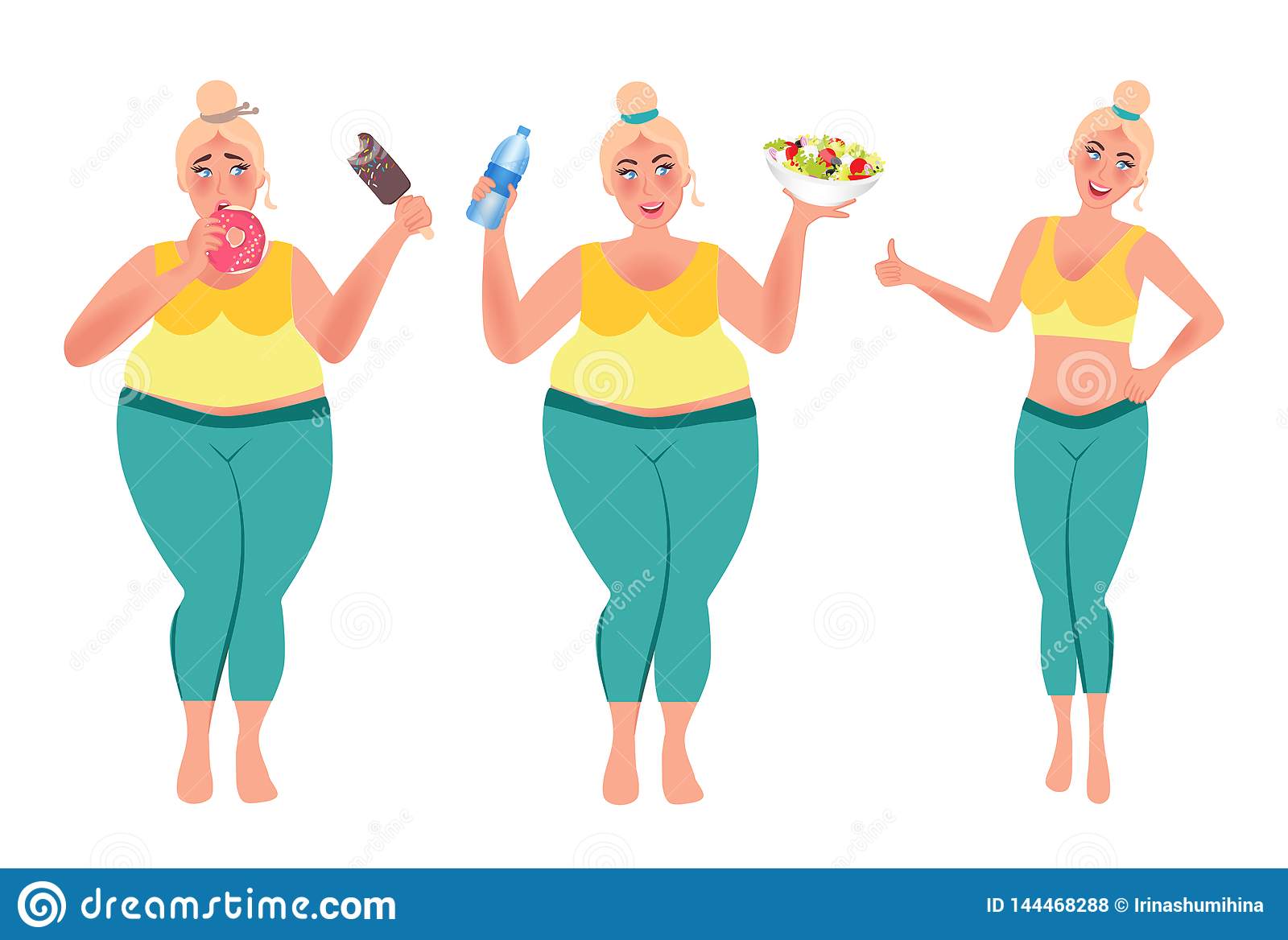- Abuse & The Abuser
- Achievement
- Activity, Fitness & Sport
- Aging & Maturity
- Altruism & Kindness
- Atrocities, Racism & Inequality
- Challenges & Pitfalls
- Choices & Decisions
- Communication Skills
- Crime & Punishment
- Dangerous Situations
- Dealing with Addictions
- Debatable Issues & Moral Questions
- Determination & Achievement
- Diet & Nutrition
- Employment & Career
- Ethical dilemmas
- Experience & Adventure
- Faith, Something to Believe in
- Fears & Phobias
- Friends & Acquaintances
- Habits. Good & Bad
- Honour & Respect
- Human Nature
- Image & Uniqueness
- Immediate Family Relations
- Influence & Negotiation
- Interdependence & Independence
- Life's Big Questions
- Love, Dating & Marriage
- Manners & Etiquette
- Money & Finances
- Moods & Emotions
- Other Beneficial Approaches
- Other Relationships
- Overall health
- Passions & Strengths
- Peace & Forgiveness
- Personal Change
- Personal Development
- Politics & Governance
- Positive & Negative Attitudes
- Rights & Freedom
- Self Harm & Self Sabotage
- Sexual Preferences
- Sexual Relations
- Sins
- Thanks & Gratitude
- The Legacy We Leave
- The Search for Happiness
- Time. Past, present & Future
- Today's World, Projecting Tomorrow
- Truth & Character
- Unattractive Qualities
- Wisdom & Knowledge
Health & Wellness Wednesdays
The Difference Between Eating To Lose Weight And Eating To Maintain
Many people, when they are trying to lose weight, struggle through the process. In fact, many people say that they have “plateaued” when the scale stops moving.
A weight loss plateau is a real thing, but I think that seldomly is the actual problem.
More often than not, the problem is that they have stopped eating to lose weight, and have transitioned to “eating to maintain their weight.”
You might be asking…what’s the difference.
Well, science tells us that to lose weight, we have to be in a caloric deficit. In order to lose 1 pound, you have to burn 3500 calories more than you take in.
So if you think about losing 1 pound per week - so in 7 days - that means that you have to eat 500 calories less per day than you are burning.
500 calories might sound like a lot, but it does NOT take long to add an extra 500 calories to a day without even realizing it.
Take an extra helping of potatoes at dinner…have a half a cookie there…order a sugary coffee there. And boom, you’ve not just added an extra 500 calories to your day. Which means that you have shifted from weight loss mode to maintenance mode (or perhaps even gaining).
Losing weight is difficult - and it’s uncomfortable. It’s easier (in the moment) not to lose the weight. But it’s not easier in the long run. Because carrying around extra weight is not good for our bodies.
Losing weight takes a lot of intentionality for most of us. It takes learning how to say “no thanks” more often than “yes please.”
So if you find yourself trying to lose weight and the scale is not moving, be sure to check if it’s a plateau, or a function of “eating to maintain.”
Interesting Fact #1
To lose weight, you must reduce your calorie intake and increase physical activity. If you stuff yourself with dessert after every meal, you won’t have enough time in a day to burn off all of the calories you have accumulated.
Interesting Fact #2
Water in itself does not have weight loss properties. However, it contains zero calories, so if you replace your usual drinks which do contain calories (milk, soft drinks, juice, etc.), you reduce your daily calorie intake. For some individuals, it has the effect of suppressing hunger. Drinking water also has a number of other benefits on health.
Interesting Fact #3
Alcoholic beverages usually contain a lot of calories and consuming them in large quantities can contribute to weight gain. For example, 12 ounces of regular beer can contain about 140 calories on average. A 150-ml glass of white wine contains about 120 calories. Some cocktails, such as a daiquiri or pina colada with white rum can contain up to 450 calories for a 250-ml glass. Admittedly, this warrants some thought… as well as moderation!
Quote of the day
“Our eyes are meant to show us food when we are hungry, not to make us hungry when we see food.” ― Mokokoma Mokhonoana
Article of the day - Diet & Weight Loss
It’s no secret that America has a weight problem. According to the CDC, nearly three-quarters of us are overweight or obese. Yet more than 160 million Americans are on a diet at any given time, and we drop more than $70 billion each year on commercial weight-loss plans, supplements and other pound-shedding measures. That suggests that losing weight is not easy—yet it is entirely possible when done right. There are two keys to success when it comes to weight loss. The first is to find an approach that works for you specifically, one that makes you feel good and keeps you motivated. The second is to take your time—sustainable weight loss happens slowly but steadily.
Before you set out on your effort, make sure you know exactly what you’re trying to achieve. Ask yourself, “How much weight do I need to lose to be healthy?” Then set personalized goals, in achievable increments and introduce lifestyle changes to gradually lose weight and keep it off. Be prepared to adapt your lifestyle as necessary to maximize your chances of success.
What’s the best diet for weight loss?
It’s a question on the minds of most people once they’ve decided they need to shed some pounds—what is the best diet for weight loss? While that’s not an unreasonable question, it often implies an approach that is less than optimal, which is to plan on adopting a radically restrictive mode of eating for a while, until the weight is lost, and then going back to eating as normal. Instead of embracing “fad diets,” people who have lost weight—and kept it off—usually have made a permanent shift toward healthier eating habits. Simply replacing unhealthy foods with healthy ones—not for a few weeks, but forever—will help you achieve weight loss while also offering numerous other benefits. So a better set of questions might be, “What is a healthy diet? What does a healthy diet look like?”
A healthy diet favors natural, unprocessed foods over pre-packaged meals and snacks. It is balanced, meaning that it provides your body with all the nutrients and minerals it needs to function best. It emphasizes plant-based foods—especially fruits and vegetables—over animal foods. It contains plenty of protein. It is low in sugar and salt. It incorporates “healthy fats” including fish, olive oil and other plant-derived oils.
Here a few examples of healthy meals for weight loss. For breakfast, a bowl of bran flakes with sliced strawberries and walnuts with nonfat milk. For lunch, a turkey sandwich on wheat with vegetables and an olive oil and vinegar dressing. For dinner, a salmon steak on a bed of spinach.
You don’t have to cut out snacks in order to eat a healthy diet, either. Healthy snacks for weight loss include almonds or pistachios, string cheese with an apple, Greek yogurt or a banana with peanut butter.
Before you begin your weight-loss journey, do some brainstorming about the kinds of healthy foods you enjoy so that you can have lots of choices as you plan your meals and snacks. Remember that the best diet is the one you’ll stick to, so don’t rush out and buy a bunch of “health foods” that you know you’ll never eat.
What's the healthiest diet?
There is no single diet that nutritionists have deemed “the healthiest.” However, there are several styles of eating that experts either have designed for optimal health or have observed to be healthy when consumed traditionally by different people around the world. Such styles of eating tend to have a few things in common—they tend to be plant-based diets, they emphasize healthy fats, no simple sugars and low sodium, and they favor natural foods over the highly processed fare typical of much of the Western diet.
For example, the Mediterranean style diet gets its name from the foods available to various cultures located around the Mediterranean Sea. It heavily emphasizes minimally processed fruits, vegetables, legumes, nuts and whole grains. It contains moderate amounts of yogurt, cheese, poultry and fish. Olive oil is its primary cooking fat. Red meat and foods with added sugars are only eaten sparingly. Besides being an effective weight loss method, eating a Mediterranean style diet is linked to a lower risk of heart disease, diabetes, depression and some forms of cancer.
Experts developed the DASH diet (Dietary Approaches to Stop Hypertension) specifically as a heart-healthy regimen. The combination of food types contained in the diet seem to work together especially effectively to lower blood pressure and decrease risk of heart failure. The key features of DASH are low cholesterol and saturated fats, lots of magnesium, calcium, fiber and potassium, and little to no red meat and sugar. Unsurprisingly, that equates to a list of foods similar to those of the Mediterranean diet—whole grains, vegetables, fruits, fish, poultry, nuts and olive oil.
As its name implies, the MIND diet (Mediterranean-DASH diet Intervention for Neurodegenerative Delay) was designed by doctors to take elements from the Mediterranean and DASH diets that seemed to provide benefits to brain health and stave off dementia and cognitive decline. In practice, it is very similar to both the Mediterranean and DASH diets, but it puts stronger emphasis on leafy green vegetables and berries, and less emphasis on fruit and dairy.
In recent years, the Nordic diet has emerged as both a weight-loss and health-maintenance diet. Based on Scandinavian eating patterns, the Nordic diet is heavy on fish, apples, pears, whole grains such as rye and oats, and cold-climate vegetables including cabbage, carrots and cauliflower. Studies have supported its use both in preventing stroke and in weight loss.
What do all of these diets have in common? They’re all good for your heart, they all consist of natural unprocessed foods and they all contain plenty of plant-based dishes. Eating for your health—especially your heart health—by adopting elements from these diets is a smart way to lose weight.
What is intermittent fasting?
You’ve probably heard some inspiring success stories about intermittent fasting. But is fasting healthy, and does intermittent fasting work?
Fasting—abstaining from eating for some period of time—is an ancient practice that is safe when not taken to extremes. Traditionally, the benefits of fasting have been both spiritual and physical. People who fast for religious reasons often report a stronger focus on spiritual matters during the fast. Physically, a simple fast lowers blood sugar, reduces inflammation, improves metabolism, clears out toxins from damaged cells and has been linked to lower risk of cancer, reduced pain from arthritis and enhanced brain function.
Intermittent fasting means dividing one’s time between “eating windows” and periods of abstention on a regular basis. A common intermittent fasting schedule might restrict eating to the hours of 7:00 a.m. to 3:00 p.m., with the remaining 16 hours of the day spent fasting. But there is no specific, prescribed schedule. Some people have more or less generous eating windows, setting the rule that they will not eat after, say, 8:00 p.m.—or, on the considerably less generous side, only allowing themselves to eat every other day.
The science behind intermittent fasting is based on altering the body’s metabolism. During a period without eating, insulin levels drop to the point that the body begins burning fat for fuel. Additionally, the thinking goes, by slowing the body’s metabolism, you cause your appetite to drop off and thus will consume fewer calories when you resume eating.
Numerous studies have demonstrated the benefits of intermittent fasting for weight loss. However, it’s not clear that it is any more effective than simply restricting calories and following a normal eating schedule. One possible reason for the success of intermittent fasting is that most practitioners have quit the habit of eating during the late evening and night hours. Restricting eating to earlier in the day aligns better with our bodies’ circadian rhythms and is less likely to cause us to store our food in fat cells. Since intermittent fasting is difficult for many people to adhere to, a wise alternative might be to consume a low-calorie Mediterranean diet and to stop the day’s eating in late afternoon.
There are certain people who should not try intermittent fasting without first checking with their doctor, such those with diabetes or heart disease.
Intermittent fasting is a very “lifestyle-intensive” dietary pattern, meaning that it is challenging to maintain in the face of normal social relationships. If the rest of your family is eating while you’re fasting, you might be tempted to indulge or to surrender the family-meal ritual. If your job requires you to dine with clients or colleagues, you’ll find an intermittent fasting schedule difficult to maintain. Remember that the best healthy eating plan is the one you’ll stick to.
What’s a high-fat weight loss diet?
It sounds counterintuitive, but many people find success losing weight—especially initially—by eating more fat, not less. Called a ketogenic or Keto diet, this method requires shifting the main source of calories over to fatty foods—between 75% and 90% of what you eat, with only 10-20% of your calories coming from protein and a mere 5% from carbohydrates. The theory is that by eating so many healthy fats and restricting carbohydrates, you enter an altered metabolic state in which you force your body to begin relying on fat for energy, burning away your fat stores instead of sugar for fuel.
Research does show that keto is an effective way to jump-start weight loss and improve blood-sugar levels. However, it is hard to maintain, and to date we are lacking long-term studies that show it to be a sustainable eating pattern for keeping weight off.
What does a Healthy Eating Plate look like?
Because both weight loss and overall health are tied to some basic eating patterns, we have developed the Harvard Healthy Eating Plate as a model for meal planning and for your overall balanced diet. Imagine a round dinner plate with a line running vertically down its center dividing it evenly in two. One half of the plate should be taken up by equal portions of whole grains (not refined grains like white bread and white rice) and healthy protein (such as fish, nuts, beans and poultry—not red meat or processed meats). Two-thirds of the other half should be filled with vegetables, with the remaining portion consisting of fruit. Try to inject a lot of variety into this half of your plate (or half of your diet)—eat fruits in a variety of colors and vegetables of all types (but don’t count potatoes or French fries as vegetables).
To one side of the plate, picture a glass of water, since that’s the best drink for weight loss and for overall health (At some meals you can substitute coffee or tea with little to no sugar). Don’t drink more than a serving or two of milk each day.
To the other side of the plate, imagine a vessel containing healthy oils such as canola or olive oil. Use it for cooking or at the table instead of butter .
Remember the Healthy Eating Plate when you’re contemplating what to eat for a specific meal, when you’re grocery shopping, or when you’re strategizing about how to lose weight and keep it off. Adhering to its guidelines will optimize your chances of remaining healthy and of maintaining a desirable body weight.
Question of the day - Have you ever struggled to lose weight? What was the biggest challenge you faced?
Diet & Nutrition
Have you ever struggled to lose weight? What was the biggest challenge you faced?










